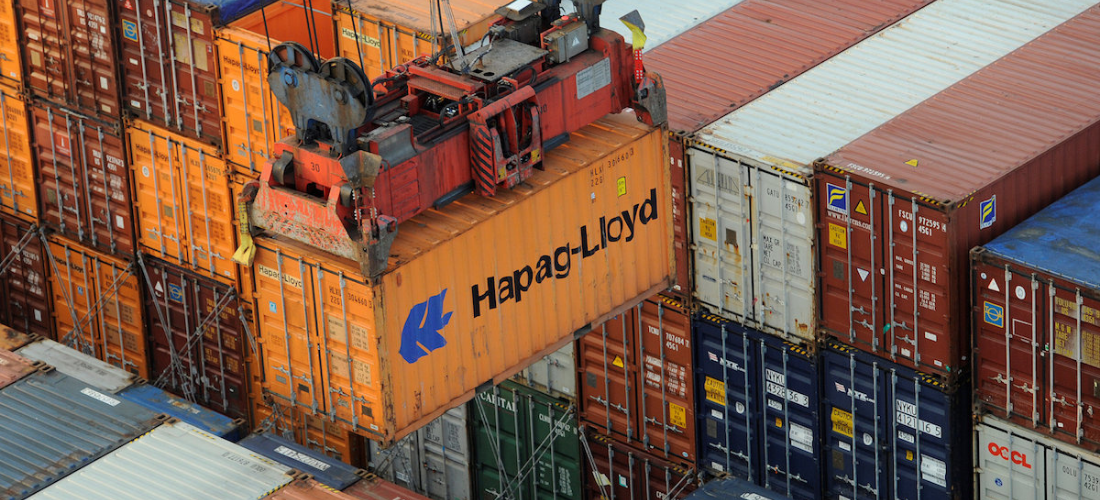
Carriers now have many containers but nowhere to ship them
May, 30, 2022 Posted by Gabriel MalheirosWeek 202222
Maritime operators are adding millions of new containers to cope with a severe capacity crisis. Still, the metallic boxes are stuck on ships in ports as shipping enters its busiest period.
The peak shipping season usually starts in late June, when importers start ordering products for the back-to-school seasons after the Northern Hemisphere holidays. This year, orders came out in mid-May as companies tried to avoid the product shortages that plagued them last year. As a result, the early start has increased the challenges of unclogging the supply chain.
“Importers are now bringing in cargo just in case, not just on time, resulting in more containers stocked at ports,” said Gene Seroka, the Port of Los Angeles executive director. “They will remain tight until early next year if we don’t increase the speed necessary to get containers off the ships and out of ports.”
As Shanghai, the world’s largest port, reopens after a two-month citywide closure to fight a Covid outbreak, Seroka said the number of containers is gradually increasing and the port will have to handle significantly more cargo.
According to ship consultants, around 12% of the world’s container ships are being kept from docking in already overburdened ports, and the situation can last for weeks. Furthermore, ground transportation is still hampered by a lack of trains, truck drivers, and storage space, particularly in the United States.
Ship operators say that as of early 2022, there were around 50.5 million containers available, 8 million more than before the pandemic. The increase was due to growing demand for Asian imports by major US retailers such as Walmart and Amazon, which collectively account for more than a quarter of all US containerized imports.
Typically, it takes an average of 45 days for products to get from China to the United States. Now it’s more than 100 days, according to executives. “At export ports, ships from Shanghai wait longer to be loaded. At import ports like Los Angeles, they get stuck because there is no space in container warehouses,” said Lars Jensen, chief executive of consultancy Vespucci Maritime based in Denmark.
With supply chain tangles slowing the movement of goods, carriers are making it easier to add containers. Hapag-Lloyd added 50,000 units to its ships in the second quarter of this year.
The global container shortage appears to be over, according to a representative of Danish transport and logistics giant A.P. Moller-Maersk, with a record number of empty boxes waiting to be loaded at Asian ports, a complete reversal from last year, when thousands of empty containers in western ports took months to return to Asia.
Source: Valor Econômico
To read the full original article, please go to:
-
Ports and Terminals
Mar, 14, 2021
0
Cargo handling at Bahia’s ports sees strong growth in February
-
OTI Rankings
Apr, 27, 2022
0
OTI (NVO) Rankings | DataLiner | Jan-Feb 2022 vs. Jan-Feb 2021 | Brazil and Argentina
-
Other Cargo
Apr, 15, 2025
0
VLI Gains Approval to Export Corn to China via Espírito Santo
-
Ports and Terminals
Jul, 28, 2022
0
Codesa grant to be signed in September; Port of Santos will follow suit

